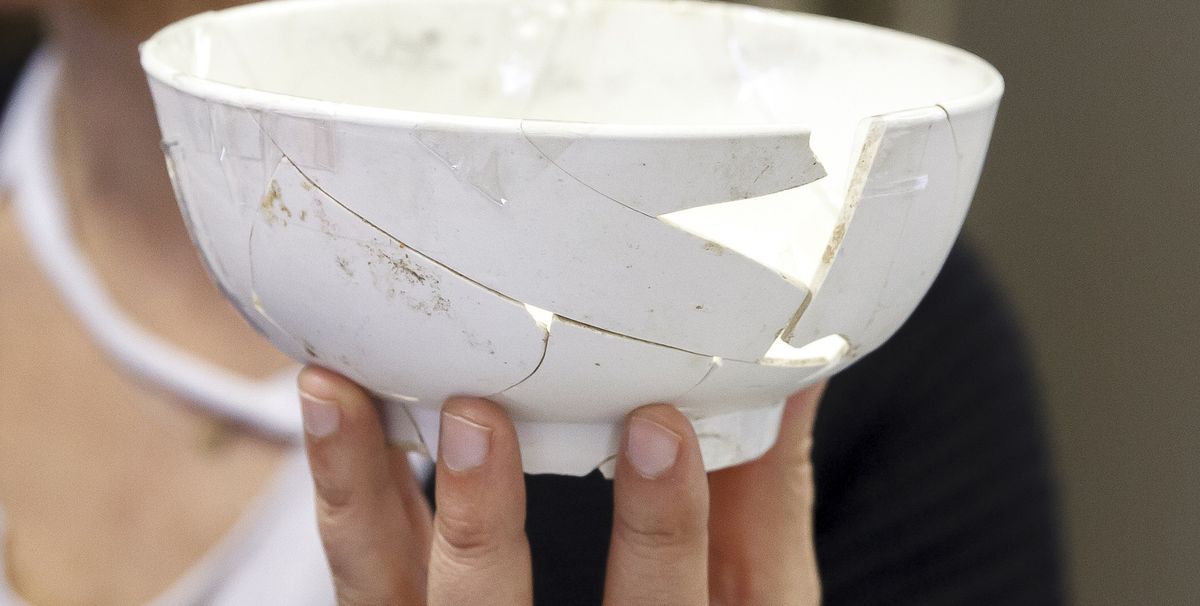An 18th-century hard-paste porcelain punch bowl that has been called the “holy grail” of American ceramics will be on view this week at the New York Ceramics & Glass Fair at the Bohemian National Hall (19-22 January). The bowl—along with around 85,000 other artefacts—was unearthed during an archaeological dig conducted in 2014 by the Commonwealth Heritage Group at the present site of the Museum of the American Revolution in Philadelphia, which opens on 19 April. The discovery marks the first physical proof of hard-paste porcelain being produced in America at that time.
Hard-paste porcelain—which is considered a “true” porcelain, visually characterised by a greater degree of translucency—was first developed by Chinese artisans in the seventh-century AD but the proper materials, glazing techniques and firing temperatures required were a tightly kept secret and such ceramics became a major export to the Western market. The Prussian alchemist Johann Frederick Böttger was the first European to open a hard-paste porcelain factory in 1710 in Dresden.
Based on an article published in 1772 in a Pennsylvanian newspaper, the bowl has been attributed to a manufacturer called the American China Manufactory. The article states that the proprietors of this company produced “China superior to any bought from the East Indies.”
Because the bowl is an archeological specimen, it is “considered unethical to name a market value—although if an intact piece came up in the antique market it could conceivably be worth around six figures”, Robert Hunter, an archaeologist, author and editor of Ceramics in America, told The Art Newspaper. Hunter will host a lecture at the fair on 19 January, where he will discuss the history of porcelain production in America. The bowl will return to the museum in time for the opening, where it will be shown in a gallery dedicated to homespun American objects.


